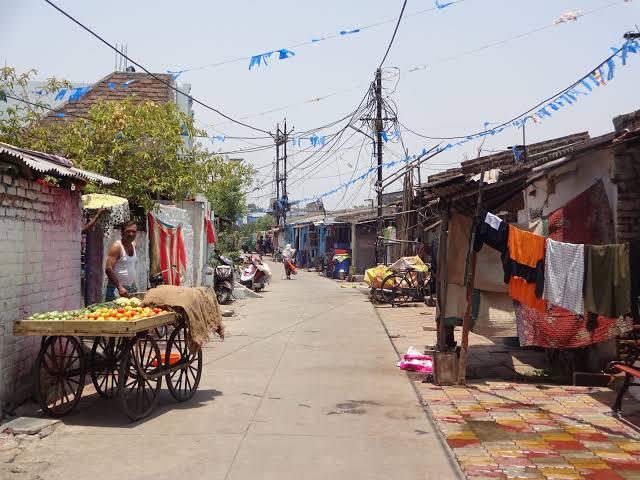Nagpur’s urban skyline may be expanding, but its slum reform is far from complete. Despite rapid development in the last 15 years, the number of slums has barely shifted—from 418 in 2001 to 429 today. Of these, 128 slums remain unrecognized, depriving thousands of residents of basic services and legal security.
While the Maharashtra government’s land ownership initiative and schemes like Pradhan Mantri Awas Yojana, Ramai Awas Yojana, and Shabari Awas Yojana have transformed many slums into structured neighborhoods, the pace of formal recognition has been painfully slow. Over 10,000 residents now hold legal pattas, enabling them to build pucca homes—but this progress covers only a fraction of the population.
Agencies like the Nagpur Improvement Trust (NIT), NMC, and Nazul-Revenue Department have issued land documents—yet nearly a third of slum settlements still live in legal limbo. Two recent additions—Parvatinagar-Vanjara and New Kailashnagar—raised the total of recognized slums to 301, but hundreds of eligible communities remain ignored.
According to 2011 data, over 8 lakh people lived in Nagpur’s slums—numbers that are bound to rise in the upcoming 2026 Census. Yet the government’s failure to bring 128 unrecognized slums under legal protection, despite their existence prior to the January 1, 2011 cut-off, reflects sheer administrative apathy.
“These slums qualify for recognition and must be brought into the fold of housing and infrastructure development,” says Anil Wasnik of the City Development Forum.
Nagpur’s slums are changing—but justice for all remains overdue.
BOX
Distribution of Land Ownership Documents (Patta):
Nagpur Improvement Trust (NIT): 5,600
Nagpur Municipal Corporation: 2,110
Nazul-Revenue Department: 2,800
BOX
Slum Classification by Authority:
NIT areas: 69
NMC areas: 15
Nazul-Revenue lands: 72
Encroached lands: 52
Forest areas: 15
Joint ownership: 85
Maliki Maqbuza (private occupied lands): 91
👉 Click here to read the latest Gujarat news on TheLiveAhmedabad.com



